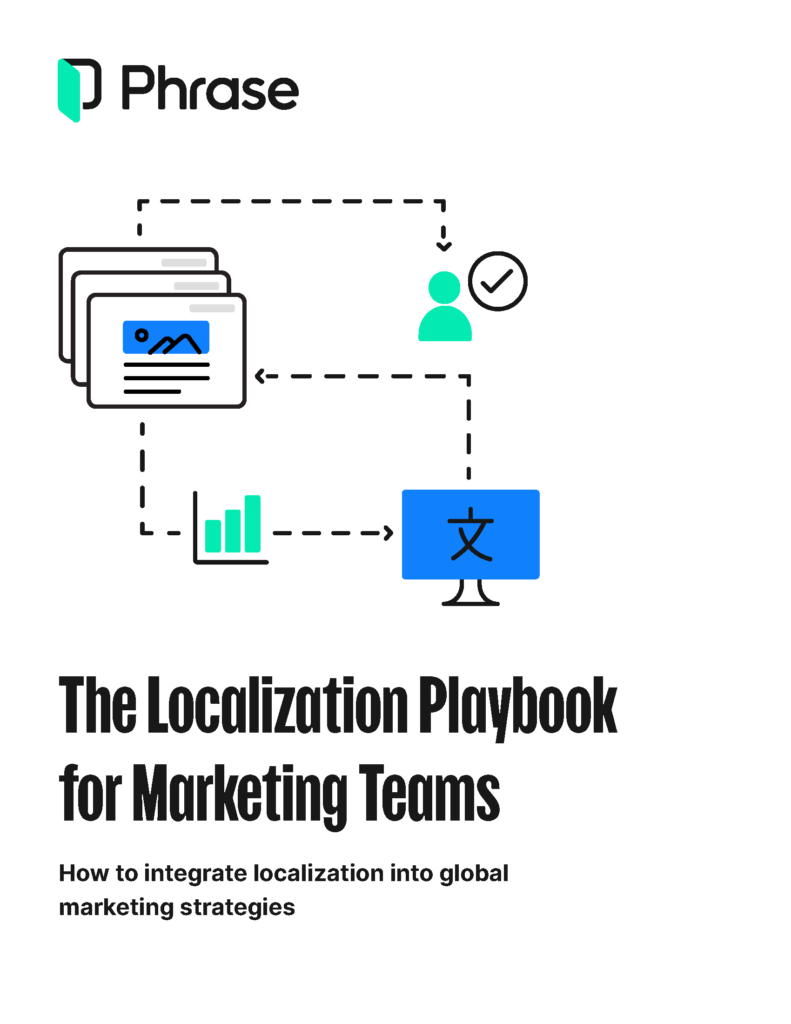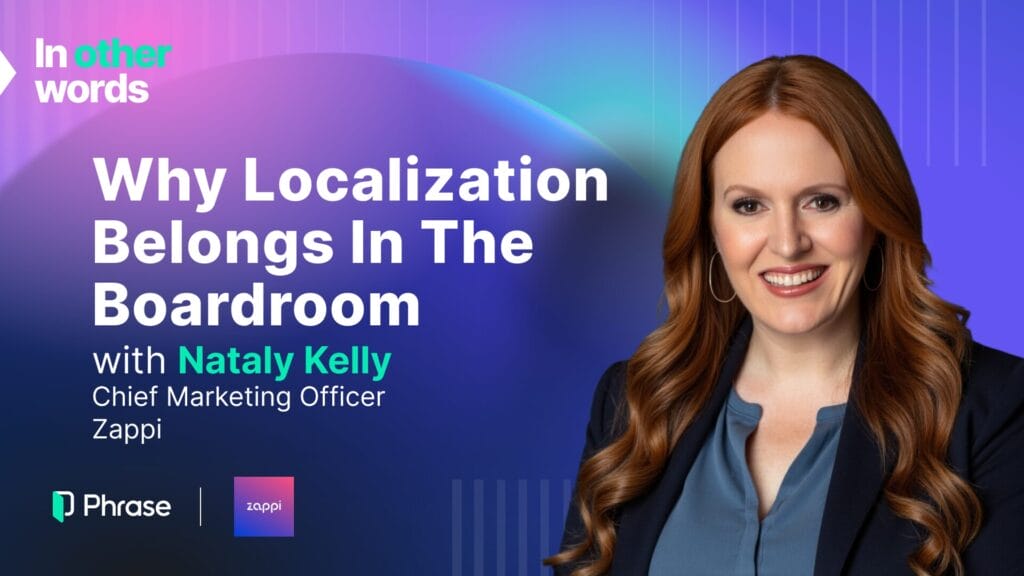Personalization is essential for driving consumer engagement and loyalty. Consumers don’t want to waste time on things they don’t feel are relevant to them. According to a 2025 global study, 96% of shoppers say they’re more likely to buy when brands send personalized messages, and 81% routinely ignore messages that aren’t relevant to them
Businesses seem to love personalization as well: 75% of business leaders now describe personalization as critical to their company’s success, viewing it as a prerequisite rather than an option.
Despite its promise, brands face growing difficulties in delivering consistent, relevant, and effective experiences globally. A 2023 global survey found that 93% of leaders prioritize real-time personalization, but 42% cite scaling it as a key challenge, and only 6% believe they’re using data effectively to support it.
Complicating matters further, marketers are navigating growing privacy regulation and a shift away from third-party data. With Chrome phasing out cookies in 2025, 86% of marketers admit their organization isn’t ready to personalize at scale, and 97% say they’re unprepared for the cookieless future.
The issue is that their personalization efforts are being undermined by hidden gaps around consistency, relevance, and execution.
Let’s take a look at what’s causing these gaps, their implications for global personalization strategies, and what marketers and brands can do to address them.
The personalization paradox
Personalization works best when it’s based around a deep understanding of your audience: it draws on a detailed knowledge of language, culture, and consumer behavior to create emotionally resonant messages. Marketers and brands who are experts in a single market have the depth of insight to craft campaigns that feel bespoke to their region and audience.
However, when these campaigns are extended to multiple regions, the hyper-specific elements that made them successful can become liabilities. Without careful adaptation, your messaging is likely to be irrelevant to certain regions, or you risk diluting your campaign into a one-size-fits-all approach that fails to acknowledge regional differences at all.
The core of this dilemma lies in execution: campaigns that resonate deeply in one market often lose their potency when replicated globally. Consumers are quick to disengage when messaging feels generic or inconsistent, with 81% stating they ignore irrelevant marketing communications and 71% expressing frustration when outreach fails to align with their expectations.
Poorly executed global personalization leads to inconsistent brand experiences and fragmented consumer perceptions. And we’re well past the point where we can just hope customers won’t notice these discrepancies.
They’re more than capable of comparing how brands operate across different channels and regions, and are likely to be annoyed if certain regions are getting more effective, personalized experiences than their own.
Personalization has become essential for many industries: in just ecommerce, more than half of brands are leveraging AI for personalization, meaning it’s becoming a standard expectation for consumers. As a result, you can’t afford to be inconsistent with personalization strategies across different regions.
At the same time, not doing personalization at all means you could get left behind by rivals who can give the appearance that they’re speaking to audiences directly.
In an ideal world, where you have both limitless budget and resources, you could have boots-on-the-ground marketing teams running campaigns and operations locally in every region. But that isn’t possible for many businesses, which need to keep things centralized to keep costs down.
The challenge for any enterprise expanding globally is to maintain the precision of local personalization without sacrificing the efficiency of centralized campaign management.
The three hidden gaps impacting customer experiences
We’ve touched on some of the issues that could make personalization on a global-scale a challenge. Now, let’s drill into the most prevalent and critical gaps that can limit your campaigns’ global potential.
Consistency
Inconsistent brand experiences often arise from insufficient coordination between headquarters and regional teams. Global brand guidelines may outline color palettes, tone of voice, and core messaging themes, but these standards can become open to interpretation if regional offices lack clear processes or tools for implementation.
A dramatic illustration of this risk is HSBC’s 2009 “Assume Nothing” campaign, which was mistranslated as “Do Nothing” in several non-English speaking markets. The bank subsequently spent approximately $10 million to rebrand and replace the tagline. This is a pretty extreme example of what can happen when consistency breaks down, but even minor hiccups can have far-reaching consequences for your global campaign.
Relevance
Even perfectly translated slogans and campaigns can fall flat if they fail to resonate with local audiences. A lack of relevance can be taken as an indicator that a brand lacks cultural sensitivity and isn’t treating their potential customers in a particular region seriously.
Case in point: in late 2018, Dolce & Gabbana released a series of videos in China depicting a model struggling to eat Italian cuisine with chopsticks, accompanied by a condescending voiceover.
Chinese consumers condemned the ads as racist and culturally insensitive, leading to major retailers pulling the brand, celebrities severing partnerships, and the cancellation of a Shanghai fashion show. The fallout from this has continued for years and has severely limited D&G’s market presence in China, one of the biggest markets for luxury fashion.
Even putting aside the racist overtones of the ad (not that we should), it was ultimately irrelevant to the Chinese market. It didn’t offer any meaningful statement about D&G’s relevance to Chinese luxury fashion consumers, and the joke itself was pretty nonsensical (and yes, racist).
Execution
Behind many global personalization failures lies a deeper operational issue: the execution gap. Right here at Phrase, research into enterprise marketing processes has found that poor alignment between global strategy and local execution, combined with neglected local market research, frequently derails global campaigns.
When regional teams don’t have access to comprehensive consumer insights or clear role definitions, they can’t adapt global assets to meet local preferences effectively. This misalignment creates fragmented customer journeys where touchpoints feel disjointed rather than part of a cohesive, personalized experience.
Marketing localization: A guide to connecting with international audience
Find out how integrating localization into your global marketing strategy can lead to more successful campaigns and give you a competitive edge in local markets.

Bridging the experience gap: practical steps
Ultimately, the three hidden gaps outlined above can combine into a vast, cavernous experience gap, where certain regions receive better, more personalized experiences than others. But there are ways you can bridge the experience gap.
Aligning global-local marketing strategies
A unified framework that balances global control with local agility is essential to closing your consistency gaps. You should establish centralized platforms, such as a translation management sytem or digital asset management system (DAM), that serve as a single source of truth for approved content and terminology.
These platforms enable your local marketing teams to access and adapt global assets within parameters you define, ensuring your brand integrity while allowing for regional customization by the local experts. You can enhance this with regular cross-functional workshops.
Not only can you reinforce the importance of the shared guidelines, you can use them as opportunities to get local insights from your regional teams, making this into an effective, collaborative process, rather than building silos between different regions.
Enhancing messaging relevance
To ensure your campaigns remain culturally resonant, marketers need to conduct rigorous local market research at every phase of planning. This involves going beyond demographic data to capture deep qualitative insights that uncover what really drives engagement in a region: work with local experts, conduct focus groups and studies, and use social listening on the channels important to your audiences in that region.
One of the best ways to keep messaging relevant is to keep things simple and let local people bring their own relevance to the campaign through UGC. One of my absolute favourite marketing campaigns of all time did this with elegant simplicity: Coca-Cola’s landmark ‘Share a Coke’ campaign.
Coca-Cola swapped out its iconic logo on cans and bottles for locally popular names and encouraged customers to share user-generated content of them sharing these ‘personalized’ products with their friends. The results were huge.
After testing the campaign in Australia (which saw resulted in a pretty hefty 7% increase in sales in Australia), they rolled things out globally in 2014 to huge success. The numbers speak for themselves:
- 1 billion+ personalized bottles sold across 80+ countries
- 25 million new Facebook followers in 2014
- 653,000+ user-generated 0 #ShareACoke images posted
- A decade-long sales slump reversed in the U.S
The ‘Share a Coke’ Campaign is one of the best examples of localization in history. Rather than trying to force relevance, they allowed their audience to provide the relevance and show how different people and cultures interact with their brand around the world.
Streamlining campaign execution
To close the execution gap, you’ll need to optimize your workflows and strengthen collaboration between your HQ and your regional teams. A major issue that might be impacting your team’s execution is that they’re getting bogged down in long-winded tasks like translating assets, rather than looking at actual localization and cultural relevance.
You can introduce automated workflows for asset translation, approval, and distribution, reducing manual work and frees up your teams to focus on creative work and regional insight.
To facilitate better collaboration and coordination between regional teams, you can introduce dedicated liaison roles or in-market coordinators to maintain real-time feedback loops, ensuring any local learnings can swiftly inform global updates, and vice versa.
From gaps to growth: personalization that performs globally
Personalization can be extremely effective, but it often fails because of a fragmented approach. Brands are stuck trying to scale emotionally resonant experiences without fixing the structural issues that break them across regions: mismatched messaging, tone-deaf content, and chaotic execution. But this isn’t an unsolvable problem.
By tightening global-local alignment, giving regional teams the tools and trust to adapt content meaningfully, and streamlining execution with smart automation, marketers can close the experience gap. Successful personalization is about building systems that allow both scale and relevance.






